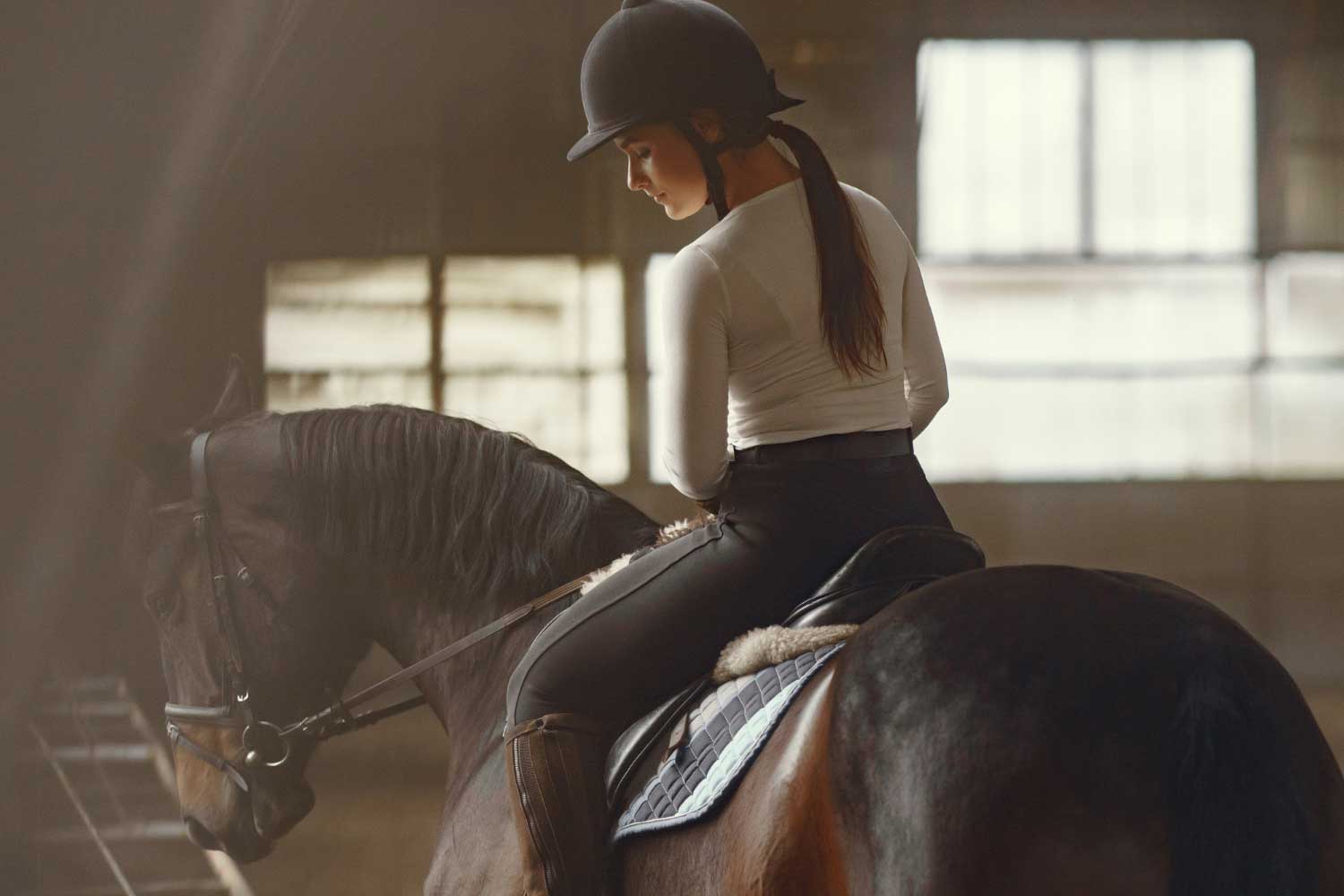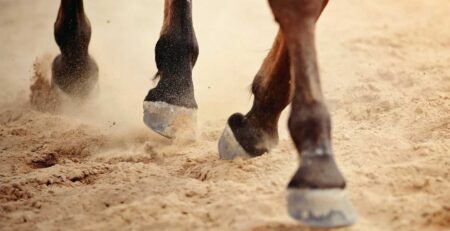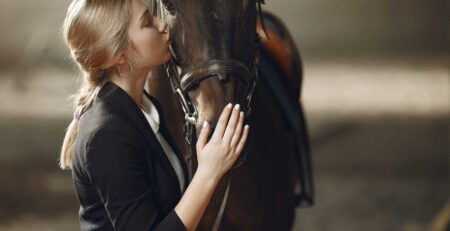Find the best to treat your horse
Grooming
Grooming is an important part of daily maintenance for horses. Daily brushing and currying helps remove dirt and debris that can allow bacteria a place to multiply. During grooming, you can also check the overall condition of your horse’s skin and find sores, infections, bumps, or welts when they first arise. Vigorous currying is required to remove dirt, and horses generally enjoy it. Hair that is bound up (tail bags and mane braids) should be taken down every 10 to 14 days for brushing and cleaning. Horses can be bathed with equine shampoo, but baths should be kept to a minimum to avoid drying out the skin and coat. Horses should not be bathed when winter temperatures are below freezing, because horses need to be dry to resist the cold.
Hoof Care
Hoof care is an important part of the daily grooming routine. The hooves should be “picked” daily to remove manure, dirt, and stones, and checked for signs of bruising, odor, discoloration, or discharge. The shoes should also be checked for wear and tightness of the nails ( see Shoes). Hoof dressings may be needed, but care should be taken to apply them appropriately. For example, water-repellent dressings can be important to keep hooves dry and healthy during wet weather. However, excessive use of emollient dressings can soften the hooves and lead to problems. Antifungal solutions should be applied every 1 to 2 weeks during winter and wet weather to prevent thrush. Your veterinarian and farrier can provide information on when and how frequently to treat your horse’s feet.
Horses’ hooves grow constantly and require trimming about every 6 weeks. Horses need to be trained to stand properly so that their hooves can be trimmed correctly and damage to the foot can be avoided. Foot trimming is best left to your farrier or veterinarian if you do not have experience with this procedure.



